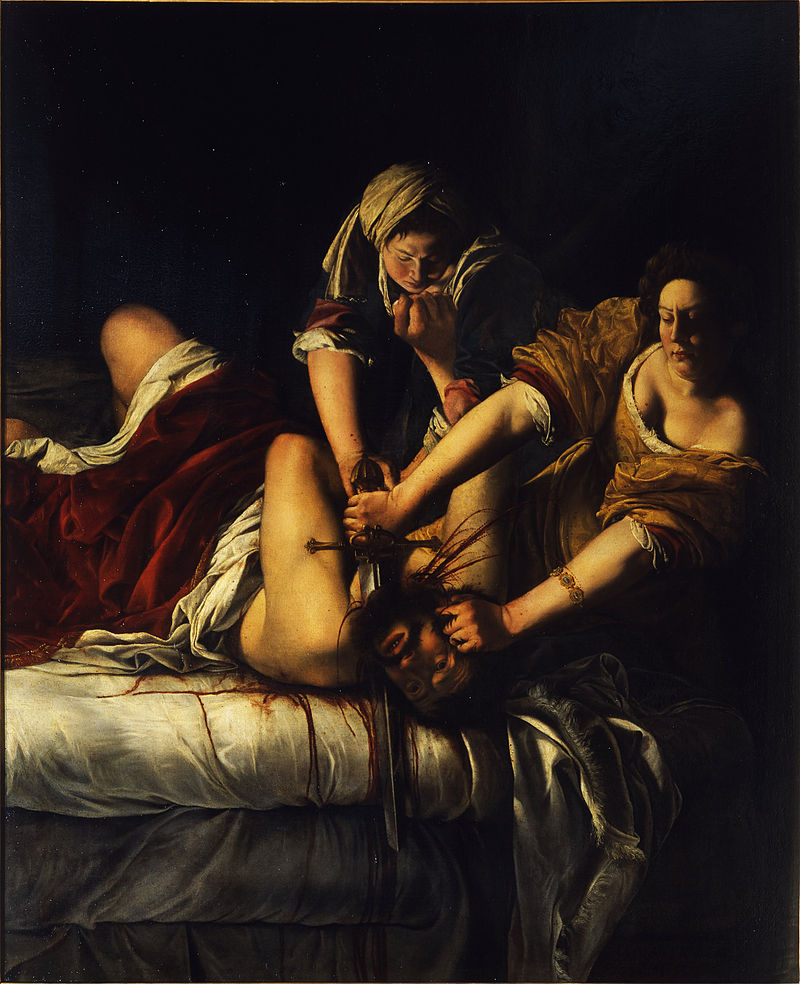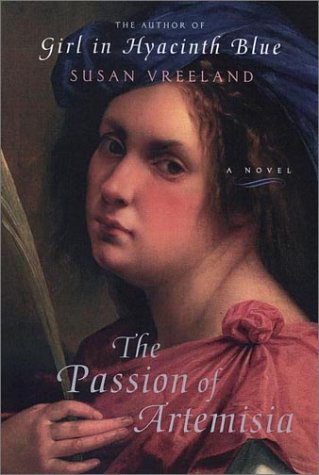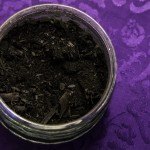In 2014, I’m reading and blogging through Pope Francis/Cardinal Bergoglio’s Open Mind, Faithful Heart: Reflections on Following Jesus. Every Monday, I’ll be writing about the next meditation in the book, so you’re welcome to peruse them all and/or read along.
This week’s chapter is only three and a half pages long, and I feel like it sorely needed to be expanded. As Pope Francis discusses Judith’s beheading of Holofernes, he emphasizes the way that her faith is guided by her “memory-soaked flesh,” her connection to the history of the Jews relation to God. Francis’s own prose is allusion-soaked as he writes:
Judith prays even while in action: both before and after she beheads Holofernes, she calls upon the Lord. Her action is truly dramatic, for the truest drama is that which takes between our freedom and God’s (Jdt 13:4-10). There is no question here of the self-sufficiency of Tosca’s lethal kiss (questo è il baccio) or of Macbeth’s debate with himself about killing the king. The sufficiency here is in the tragedy. What we see in Judith is true salvation history, the struggle between freedom and grace.
[…]
Judith believes neither in quietism nor in deal-making. She does not isolate herself in self-sufficiency, nor does she retreat into insecurity. What cries out to God and lets God act is simply her memory-filled woundedness.
This passage is enough, if it were on a flyer advertising a lecture, to guarantee my attendance, but it isn’t enough for me to actually understand what Pope Francis is explaining. It’s too bad, because it feels like if I could grok it better, Francis’s discussion of Judith acting out of “memory-filled woundedness” would speak somehow to Catherine’s essay about her struggles with the sanctity-through-suffering of St. Catherine of Siena.
I’d be interested in your thoughts, or anything you can do to expand on the contrast Pope Francis is drawing between Judith and Tosca and Macbeth. (I’m only familiar with the Shakespeare, myself).
I think the main thing I have to add is that I recommend the historical fiction novel The Passion of Artemisia by Susan Vreeland, which I greatly enjoyed. It is Artemisia’s portrait of Judith slaying Holofernes that is at the top of this post.
(Now’s probably time to caveat my recommendation by saying that I really love books that have long descriptions of things being made: Tamora Pierce’s Circle of Magic quartet, the furniture repair sections of Donna Tartt’s The Goldfinch (and pretty much only those parts), and even non-fiction instruction manuals that I wind up happily rereading. So, I think that The Passion of Artemisia was pretty good, but my recommendation may be more about the how of the painter protagonist than the whom).
Luckily, the reason I want to recommend it today is about the how parts. Vreeland narrates Artemisia’s choices about how to compose her Judith (and a second one later in life). When she paints Judith, Susanna, and Lucretia, Vreeland’s Artemisia spends a good deal of time deciding how to illustrate the “true drama” that Francis praises. If I had the book to hand, I’d like to look back at it this week, to see how the compositions she considers and rejects illuminate, in a via negativa kind of way, what elevates and moves Judith, and how women (incuding Vreeland’s Artemisia) use intimate knowledge of woundedness to shape how they exercise their strength.














